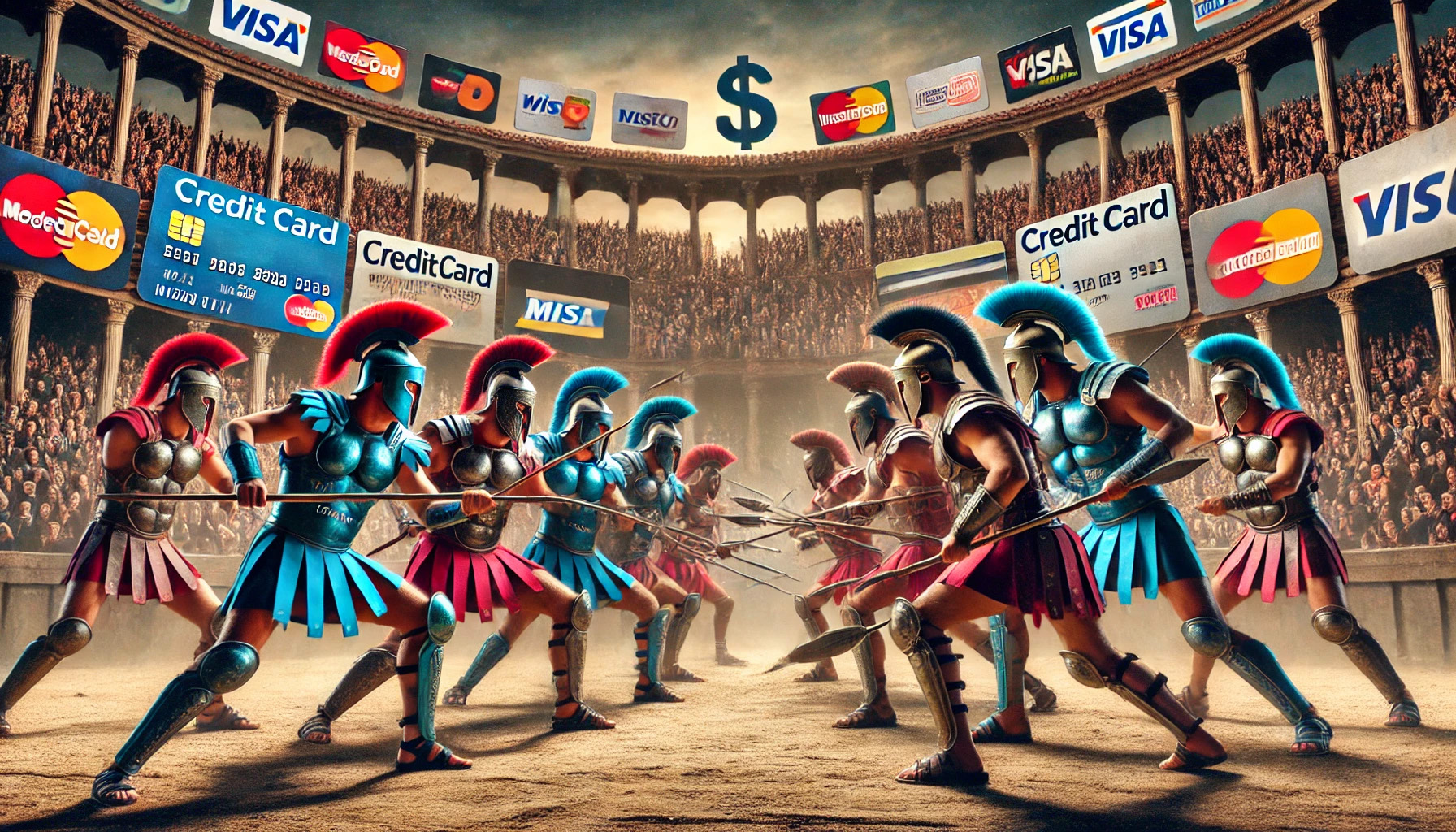Available at: https://ssrn.com/abstract=4821620
Abstract:
Anticipating a borrower’s default, secured lenders have recently used aggressive legal tactics to extract value from other secured lenders. We model the implications of this new “creditor-on-creditor violence” trend. In our novel continuous-time capital structure model, secured debt enjoys higher priority in default. However, secured lenders take harmful actions to ensure their full recovery: they inefficiently push to prematurely sell assets and strip competing lenders of their priority. We show this creates a tradeoff between secured and unsecured debt that matches recent empirical evidence. While the creditor-conflict trend endogenously leads to higher secured credit spreads, it nonetheless increases investment and ex-ante firm value — creditor conflict enables ex-post debt reductions in states of the world with high expected default costs.
Commentary:
While excited from first reading just the title, I was quickly disappointed that this research was about corporate debt restructuring loopholes and not actual gladiatorial combat between creditors:

Also too bad that creditors in consumer cases seem to prefer to suffer losses of their own rather than inflict those on other creditors, especially if that will help the consumer whatsoever. If the authors of this paper could suggest how to get those creditors to start turning on each other, that would be of tremendous interest.
With proper attribution, please share this post.
To read a copy of the transcript, please see:

Blog comments